The Quiet Revolutionary: Leo Fender and the Birth of the Telecaster
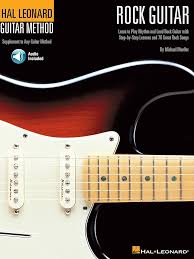
Best Sheet Music download from our Library.
In the landscape of modern music, few inventions resonate as profoundly as the solid-body electric guitar. And at the heart of this sonic revolution stands an unassuming radio repairman from Fullerton, California: Clarence Leonidas “Leo” Fender. His most enduring legacy, the Fender Telecaster, wasn’t just an instrument; it was a paradigm shift, democratizing electric guitar and shaping the sound of the 20th century.
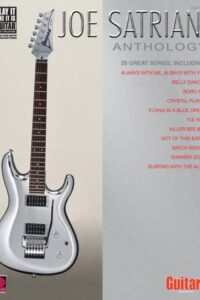
Please, subscribe to our Library.
If you are already a subscriber, please, check our NEW SCORES’ page every month for new sheet music. THANK YOU!
The Man Behind the Music: Leo Fender’s Biography
Born in 1909 on an orange grove, Leo Fender was fascinated by electronics from a young age, tinkering with radios and building PA systems. Notably, Leo never learned to play the guitar himself. This lack of traditional musician’s bias became his secret weapon. He approached instrument design not from ingrained technique, but through the lens of an engineer: What was practical? What was reliable? What solved the musician’s problems?
Browse in the Library:
Or browse in the categories menus & download the Library Catalog PDF:
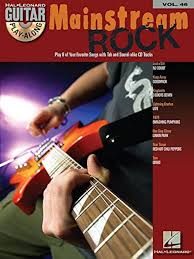
After running a successful radio repair shop, Leo ventured into building amplifiers and lap steel guitars. Partnering with Doc Kaufman, he formed “K & F Manufacturing” in 1945, which evolved into Fender Electric Instrument Manufacturing Company in 1946. His focus was clear: create affordable, mass-produced, solid-body electric guitars that were easy to play, maintain, and amplified without the feedback issues plaguing hollow-body “jazz” guitars.
The “Plank” That Changed the World: Birth of the Telecaster
In 1950, after prototypes like the “Esquire” and the short-lived “Broadcaster,” Fender unleashed the Telecaster (initially named the “Broadcaster,” but renamed due to a trademark conflict with Gretsch). It was radical:
- Solid Body: Crafted from a single slab of ash or alder, it eliminated feedback at high volumes, offering unprecedented sustain and clarity.
- Bolt-On Neck: A revolutionary concept. The maple neck screwed onto the body, making production cheaper, repairs easier, and subtly influencing the bright, snappy attack of the guitar’s tone. Critics derided it as crude; players loved its practicality and unique sound.
- Simplicity & Durability: Designed like a tool – minimal frills, a single cutaway for upper fret access, and built to withstand the rigors of touring. The simple, stamped steel bridge with three adjustable saddles (nicknamed the “ashtray” bridge) was incredibly robust.
- Dual Single-Coil Pickups: A bridge pickup delivering a bright, cutting, twangy tone perfect for country lead lines and rock rhythm, and a warmer, rounder neck pickup. The simple three-way selector switch offered immediate tonal shifts. The electronics were mounted directly onto a single, easily removable metal control plate.
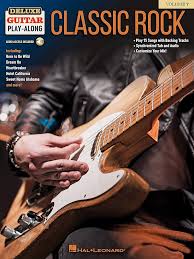
Technical Brilliance: The Telecaster’s Sonic Blueprint
- The Bridge Pickup: The Telecaster’s signature sound. Positioned directly against the bridge plate, it captured the string vibration with incredible immediacy and high-end bite. This “twang” defined country music (Buck Owens, Merle Haggard) and became a cornerstone of early rock ‘n’ roll (Bruce Springsteen’s rhythm work, Jimmy Page’s solos on Led Zeppelin I).
- The Neck Pickup: Fuller and warmer than the bridge, but still retaining a characteristic clarity and midrange presence. Ideal for blues, jazzier passages, and smoother lead lines.
- The Combination (Middle Position): A unique, slightly out-of-phase sound – thinner, quacky, and incredibly articulate – beloved by funk players and for clean, rhythmic chording.
- Tonal Versatility: Its simplicity was deceptive. Through amp settings, playing technique (pick attack, palm muting), and later modifications, the Telecaster proved capable of country twang, searing rock leads, punchy funk rhythm, soulful blues, and even jazz. Its sound cut through a mix like no other.
Musical Impact: The Soundtrack of Generations
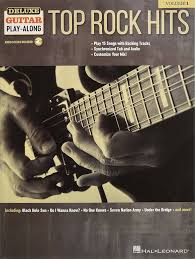
The Telecaster’s success was meteoric and enduring. Its affordability and ruggedness made it the workhorse guitar for countless professional and amateur musicians:
- Country Music’s Backbone: Instantly embraced for its piercing lead tone and clear rhythm sound. Players like James Burton (Elvis, Ricky Nelson), Roy Buchanan, and Albert Lee made it synonymous with country guitar virtuosity.
- Rock ‘n’ Roll’s Engine: From the raw power of early rockers (Ike Turner’s “Rocket 88”) to British Invasion heroes (Keith Richards’ open-G riffs on “Honky Tonk Women,” “Brown Sugar”), the Telecaster provided the gritty, driving rhythm and cutting leads that defined the genre. Bruce Springsteen’s “The River” and “Born to Run” albums are Telecaster anthems.
- Beyond Boundaries: Funk masters (Steve Cropper – Booker T. & the M.G.’s), punk icons (Joe Strummer – The Clash), blues legends (Muddy Waters, Roy Buchanan), alternative heroes (Jonny Greenwood – Radiohead, Graham Coxon – Blur), and countless others found unique voices through the Telecaster. Its fundamental, unprocessed tone became a mark of authenticity.
Leo’s Success and Legacy
Please, search your favorite Play Along sets:
- Rock & Pop Play Along (Books & background MP3 audio tracks)
- Jazz & Blues Play Along (Books & background MP3 audio tracks)
- Play Along for Piano and for all instruments (Books & background MP3 audio tracks)
- Guitar Play Along (Books & background MP3 audio tracks)
The Telecaster’s immediate success fueled Fender’s growth. It was followed by the even more revolutionary Stratocaster (1954) and the Precision Bass (1951), which together created the template for the modern electric band. Leo sold Fender to CBS in 1965 due to health concerns but remained involved as a consultant. Later, he co-founded Music Man and G&L Guitars, continuing to innovate until his death in 1991.
Why the Telecaster Endures:
Seventy years later, the Telecaster remains fundamentally unchanged. Its genius lies in its perfect balance of simplicity, durability, and sonic character. It offers a pure, unvarnished connection between player and amplifier. It doesn’t hide behind effects; it demands good technique and rewards it with a tone that is articulate, powerful, and instantly recognizable. It’s the blank canvas that becomes a masterpiece in the hands of any dedicated player.
Leo Fender, the quiet man who couldn’t play a chord, listened to musicians and gave them exactly what they needed: a tool that was reliable, affordable, and sounded like nothing else. In doing so, he didn’t just invent a guitar; he invented the sound of modern popular music. The Telecaster stands as a testament to the power of practical genius, forever twanging, cutting, and singing its way through history. It’s not just a guitar; it’s an icon.
